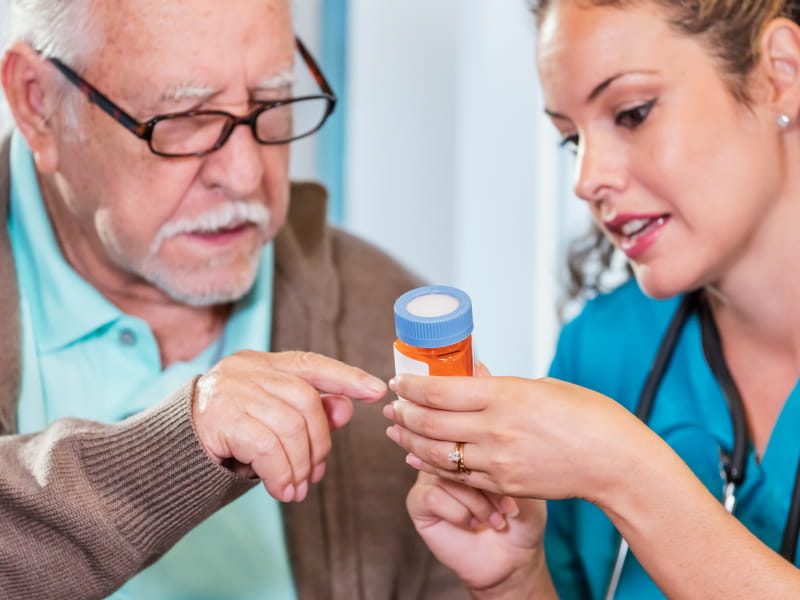Spanish-speaking stroke survivors face more obstacles
By American Heart Association News

Stroke survivors who speak Spanish are more likely to have low stroke literacy and a negative perception of their health care, according to a new study that called for breaking down language barriers.
The preliminary study, being presented next Friday at the American Stroke Association's International Stroke Conference in Los Angeles, sought to shed new light on the experiences of stroke survivors who are limited English proficient, a term that applies to about 25 million Americans.
Researchers looked at responses from 487 stroke survivors enrolled in a community-based stroke care program in Los Angeles County. Those who spoke Spanish were less likely to identify three stroke risk factors compared to English speakers (19% versus 33%) and were more likely to experience difficulty understanding what was being told to them (50% versus 30%).
"Essentially, they were fearful of having something that they didn't even know how to identify the symptoms of," said Dr. Pamela Cheng, the study's lead researcher. "Language is not something that's commonly talked about as a health care disparity, but our health care society is just so English-centered you kind of wonder how many things are lost in translation."
Spanish speakers also were less satisfied than English speakers with how medical professionals treated them. More responded negatively about providers spending enough time with them (56% versus 24%) or explaining things in a way that was easy to understand (52% versus 28%).
Stroke survivors who spoke Spanish also were more likely to feel as if providers either didn't listen to what they had to say or didn't respect what they had to say. Also, they worried about having another stroke at a higher rate than English speakers.
Cheng suggested several options to address language barriers, such as hiring a bilingual community health care worker, an approach that worked well in the Los Angeles County stroke care program. She also recommended giving patients access to online educational videos in their native language.
"Ensuring appropriate language services are offered can not only improve the patient-provider relationship, it can also be more cost-effective," she said.
Language barrier studies should be done on people from other ethnic backgrounds, Cheng said. She'd also like to see more research on the interplay between health care, ethnicity and psychology.
"Studies delving into the psychosocial aspects of language and culture might help us understand the bigger picture of why there's such a negative perception among certain minority groups," she said.
As the U.S. population grows more racially and ethnically diverse, diversity among doctors hasn't quite kept up with those trends.
According to a 2018 study of primary care physicians, 5.9% are Hispanic, though they make up 18.3% of the population. The U.S. Census Bureau expects the Hispanic population to grow to 25% by 2045.
"The (new) study highlights how language barriers and perhaps a lack of cultural connection with providers can impact treatment adherence," said Dr. Salvador Cruz-Flores, who was not involved in the research.
Cruz-Flores, founding chair and neurology professor at Texas Tech University Health Sciences Center El Paso, said the research raises important questions about whether medical professionals are really getting through to stroke patients.
"Are those who are providing information in Spanish providing it at a level higher than what patients can understand? Are the translations correct?" he asked.
"In my mind, it raises concern about the need to have not only culturally appropriate and language-appropriate interventions, but also the need for providers whose native language is Spanish and understand the linguistic and cultural nuances of communication in that language."
If you have questions or comments about this story, please email [email protected].





